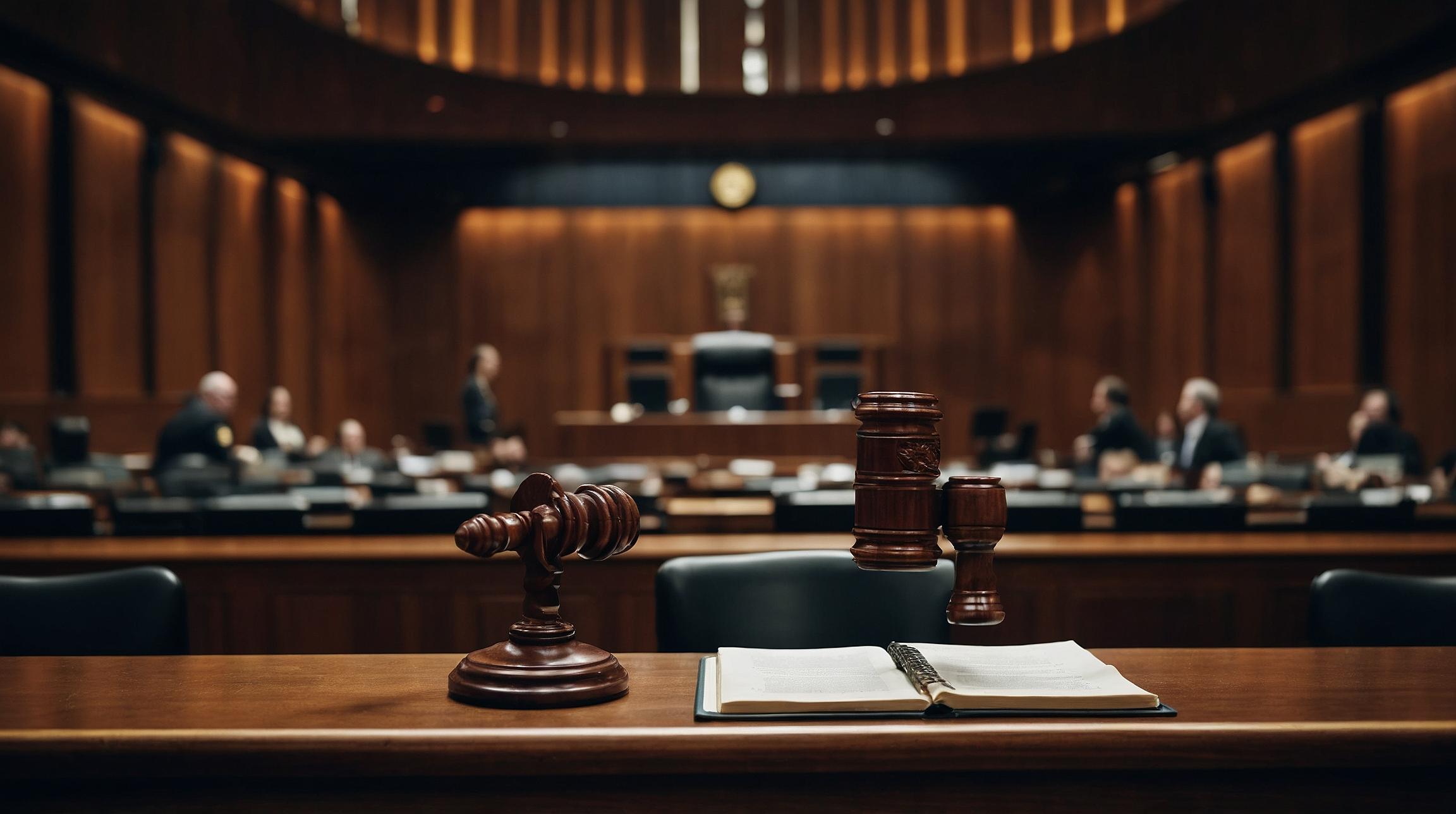The Proposal: Co-founder Vitalik Buterin Suggests 33% Increase in Ethereum’s Gas Limit
Vitalik Buterin, co-founder of Ethereum, has proposed a significant change to the platform’s gas limit. On Thursday, Buterin suggested increasing the gas limit by 33% to enhance Ethereum’s transaction capacity. The gas limit is a key parameter that determines the computational effort required to execute operations on the Ethereum network, such as transactions and smart contracts. By increasing the gas limit, more transactions per block could be accommodated, potentially reducing fees and wait times for users.
Concerns Arise: Developers Debate Potential Consequences of Gas Limit Increase
However, this proposal has sparked a debate among Ethereum’s development community. Some developers, including Marius van der Wijden and Péter Szilágyi, have raised concerns about the potential consequences of increasing the gas limit. One important issue highlighted is the impact on the blockchain’s state growth. The Ethereum blockchain is already substantial in size, currently standing at 267GB. Increasing the gas limit could exacerbate challenges associated with smart contract data processing and node synchronization.
Size and Performance Concerns: Developers Highlight Issues with Blockchain’s Growth
The size and performance of the Ethereum blockchain are key concerns for developers. With the gas limit increase, the blockchain’s size could grow even further, potentially affecting its ability to handle and process data efficiently. This could lead to slower node synchronization and increased strain on the network. Developers are wary of the implications this could have on the overall performance of the Ethereum platform.
Technical Solutions: Community Considers Strategies to Mitigate Gas Limit Concerns
To address these concerns, the Ethereum community is actively considering several technical solutions. One proposal, EIP-4444, suggests an expiration mechanism for chain history. This mechanism could reduce the amount of data nodes need to store, helping to mitigate the impact of a larger gas limit on the blockchain’s size. Another potential solution is the introduction of “blobs” through EIP-4844. Blobs would offer a way to store rollup data, optimizing data availability without significantly increasing the blockchain’s size. These technical strategies could help address the size and performance challenges associated with a gas limit increase.
Stakeholder Attention: Outcome of Gas Limit Increase Proposal Monitored by Ethereum Ecosystem
The outcome of the gas limit increase proposal will be closely watched by stakeholders in the Ethereum ecosystem. The decision will have implications for users, developers, and other participants in the Ethereum network. If the gas limit increase is implemented successfully, it could lead to a more scalable and efficient Ethereum platform, reducing fees and wait times for users. On the other hand, if the concerns raised by developers prove to be valid, alternative solutions may need to be explored to address the platform’s transaction capacity and performance challenges. As the community deliberates on the proposal, the Ethereum ecosystem will be eagerly awaiting the final decision and its potential impact on the future of the platform.
Analyst comment
Neutral news: The proposal to increase Ethereum’s gas limit has sparked a debate among developers. Concerns about the blockchain’s size and performance have been raised. The community is considering technical solutions to mitigate these concerns. Stakeholders are closely monitoring the outcome of the proposal, as it could have implications for the scalability and efficiency of the Ethereum platform.













